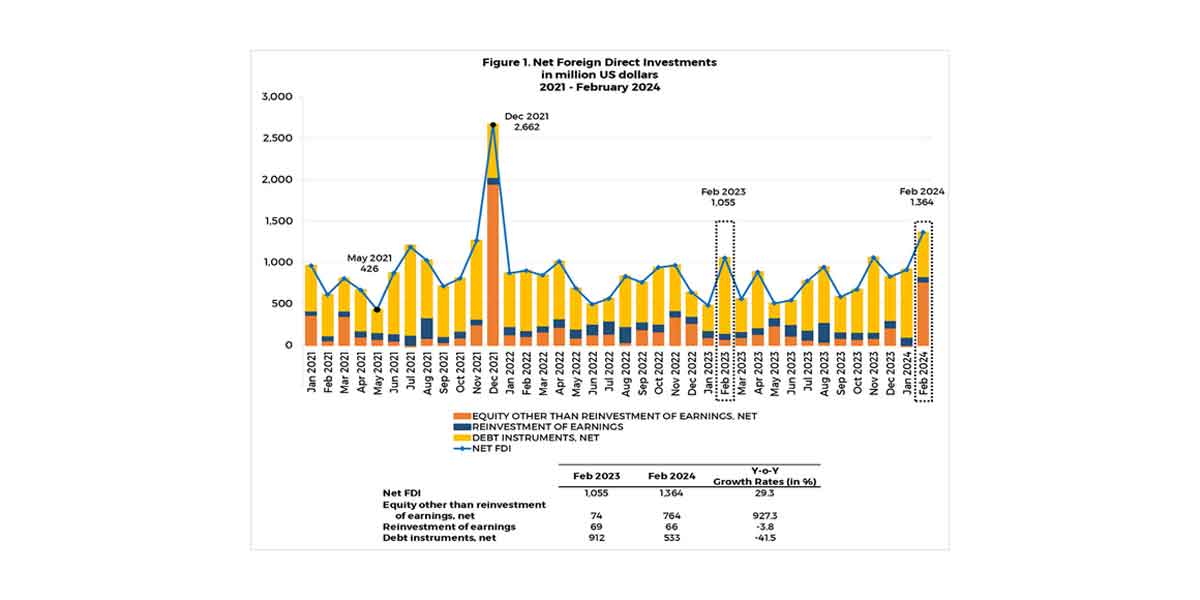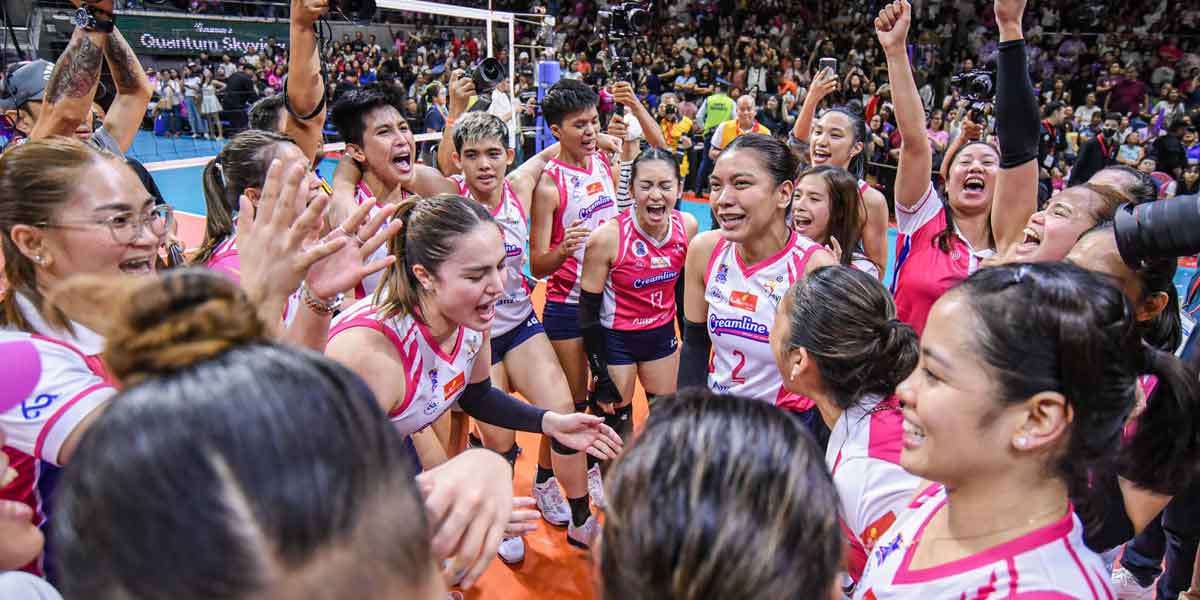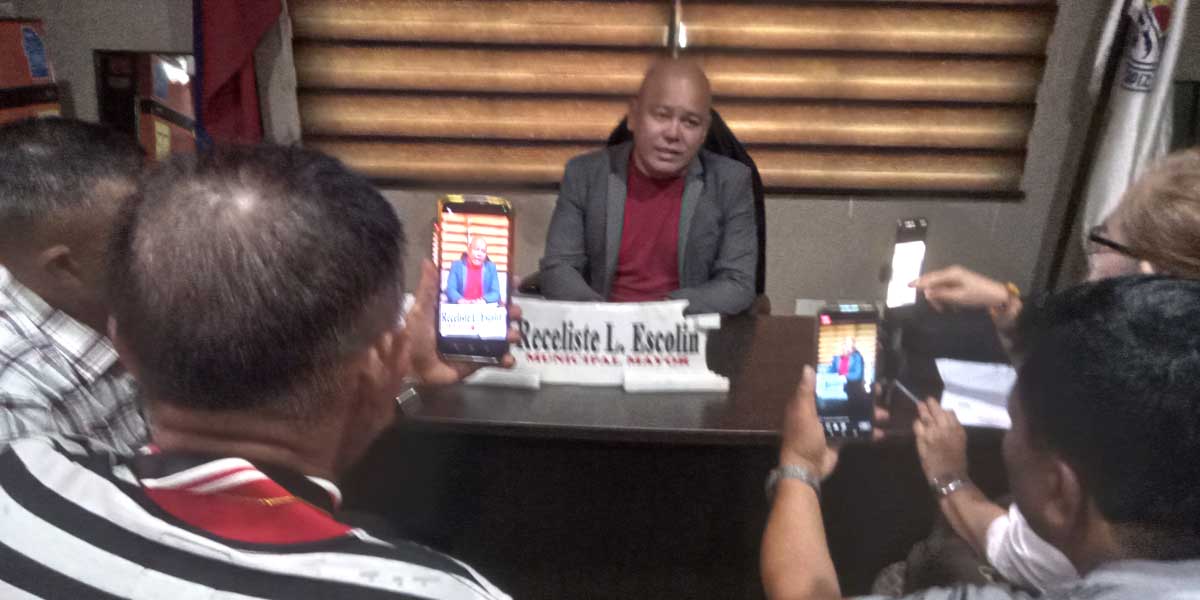 By Dr. Herman M. Lagon
By Dr. Herman M. Lagon
The private school basic education system in the country is in crisis. It’s worsening by the week. Unfortunately, nothing assuring is practically in sight. Let’s see why this is so.
440 private schools were closed due to the coronavirus pandemic, a survey by COCOPEA found and DepEd confirmed this late August. About 370,000 private school teachers were laid off, retrenched, have gone on floating status without pay, taken pay cuts or non-renewal of contracts, or gone on “no work, no pay” status since the pandemic started. That is 90% of our private school teachers in the country experiencing or have experienced a fundamental crisis in their livelihood.
This is so because of many things. But one major reason is the alarming dive in enrollment. In a school accreditors workshop held August 29, Private Education Assistance Committee (PEAC) Executive Director Rhodora Angela Ferrer confirmed that, as of August 17, private schools have registered a total of 1.8 million students which is just 40% of last year’s 4.4 million basic education enrollees. Almost 10% or about 400,000 students have also transferred to public schools. According to the Alliance of Concerned Teachers (ACT), the exodus is mainly due to the parents’ lack of income because of quarantine restrictions. Another secondary reason is due to the parents’ fear in the health and safety of their students due to the 2019nCoV.
In late July, 80% of the 500 private schools surveyed by COCOPEA (Coordinating Council of Private Educational Associations of the Philippines) said that they only have up until August for their resources to sustain their operations. According to education lawyer Joseph Noel Estrada, these schools are seriously considering closing down operations if they won’t make it through until this September. This explains partly why of the 5,601 private schools that submitted their report to COCOPEA, 1,672 (30%) private schools had to start classes before August 24, while 3,264 (58%) schools had to resume classes last August 24. As of the moment, some private schools that have not opened yet are either considering closing shop, hoping to gather more enrollees, or desperately rushing to prepare for the challenges of the “new normal.” This is so they can move on with the school year even if they are financially hanging by a thread.
There are 14,435 private schools covering about 15% of the total basic education students in the country. As of early September, private schools have 60% drop in enrollment while public schools have 10% slump. In total, that is an unprecedented overall enrollment crash of 20% which is the largest on record since the Second World War. And we have not covered yet private school teachers’ health, safety, logistical, formation, technical, curricular, and instructional concerns regarding distance, offsite, online, blended, and/or modular learning which deserves another series of editorials in itself.
As if all these death-defying troubles that our private schools face are not yet enough, some lawmakers even recently went as far as blindly proposing to (academically) freeze the school year. This fatal insult to the private (and even public) school system’s injury is beyond imagination. This without even considering its other effects like students’ learning loss, delay from learning competencies, mental wellness imbalance, and long-term socio-economic impact.
To add to the fatal hit, COVID crisis-related government subsidies to private school teachers are barely being discussed in the halls of the legislative and executive bureaucracies. This amid the wanton wastage of funds by our so-called politicians to worthless projects, double-standard lip services, and shameless daylight thieveries. For Federation of Associations of Private School Administrators (FAPSA), private schools may continue to lose their teachers since they are “hardly included” in any amelioration projects of the government. “These are professional teachers wallowing in poverty,” the organization opines.
Undeniably, the private school crisis is real and terminal. More and more schools are closing down due to viability and sustainability issues brought about by low enrolment, public health crisis, and, beyond question, political incompetence on the national level. For as long as there is no serious assistance from the government or from any non-government institutions amid the crisis, most private schools in the country will continue to flat-line by the week. If private education crashes, it will have a serious impact in the country both in the development of the economy and the progress of our people. The fatal truth is that even if the Constitution guarantees quality and accessible education for all, it seems that this will remain more of a wish than a reality for now.
For whatever it’s worth, many are still hopeful that something miraculous will happen in a few years, if not months, to come. We now hear more concerned individuals—including progressive thinkers, professionals, faithfuls, educators, and politicians—raising the private school narrative in many platforms. Even in a Zoom meeting of a group of Ignatian administrators I attended last week, the conversation has already elevated into the question, “How can we be of help to our brothers and sisters in small private schools for them to survive the crisis?”
And so, for all the noble private school teachers who “hold the fort” despite this public health, economic, and governmental crisis, let us continue to pray for God’s guidance and grace that this too shall pass, that everything shall soon be well for the sake of our dear learners and for the future of the nation.
***
A licensed civil engineer, guidance counselor, and physics teacher, Doc H is a self-proclaimed geek who has a stout love affair with Netflix, TEDx, and Podcasts covering different genres. He grapples to live a life of grace, of faith that does justice, and of endless desire to do greater things.





















